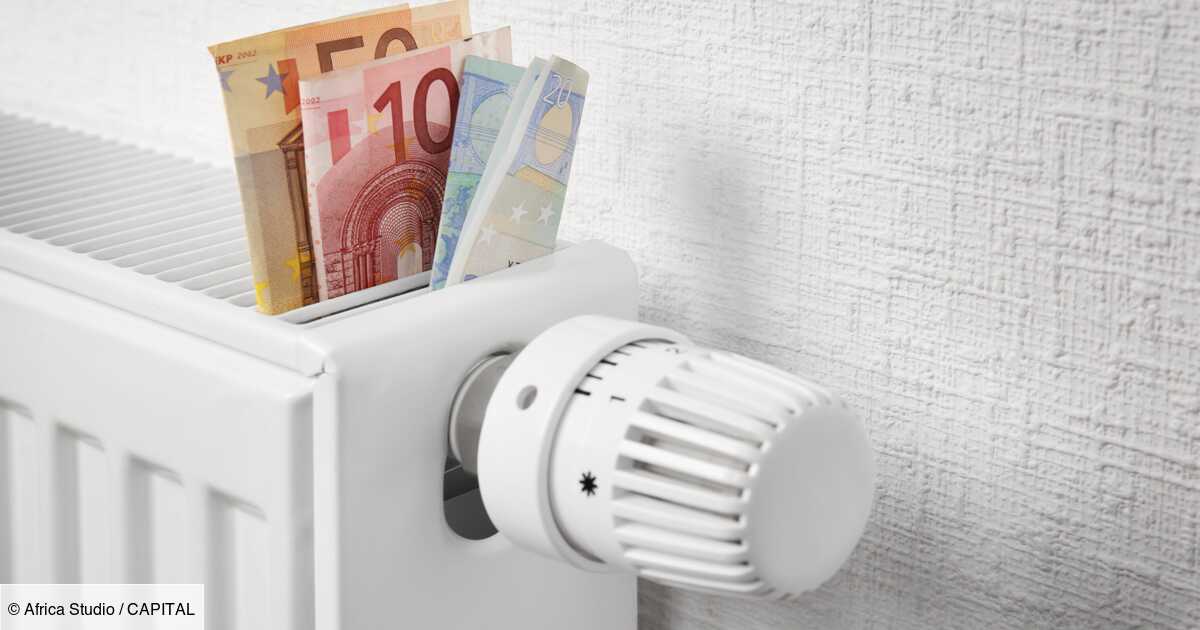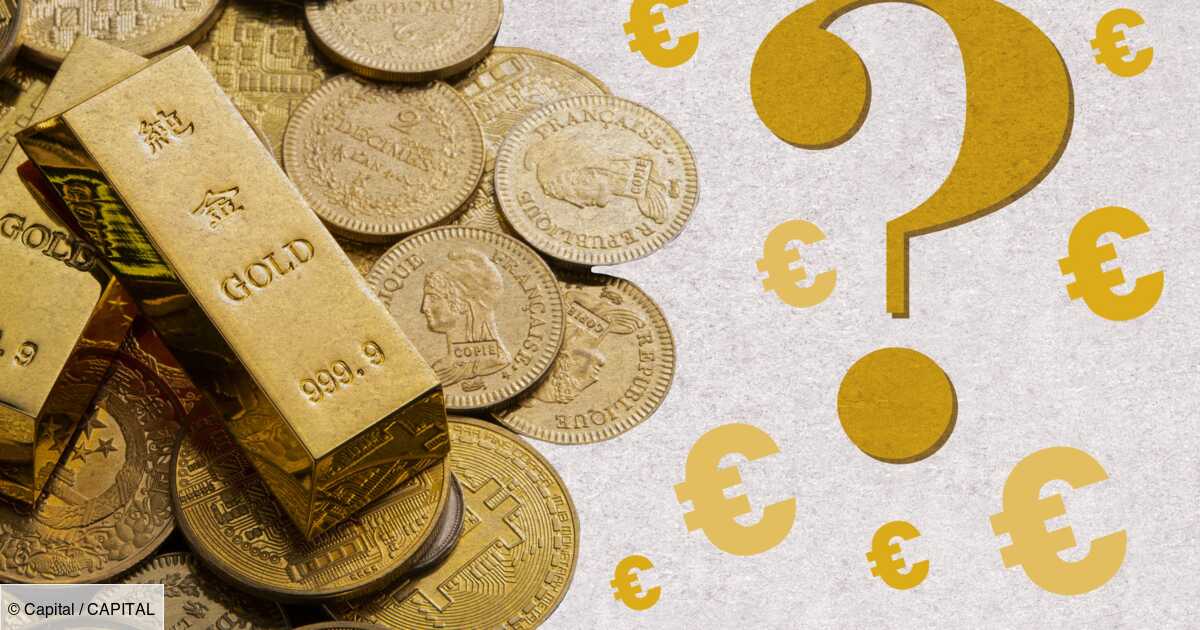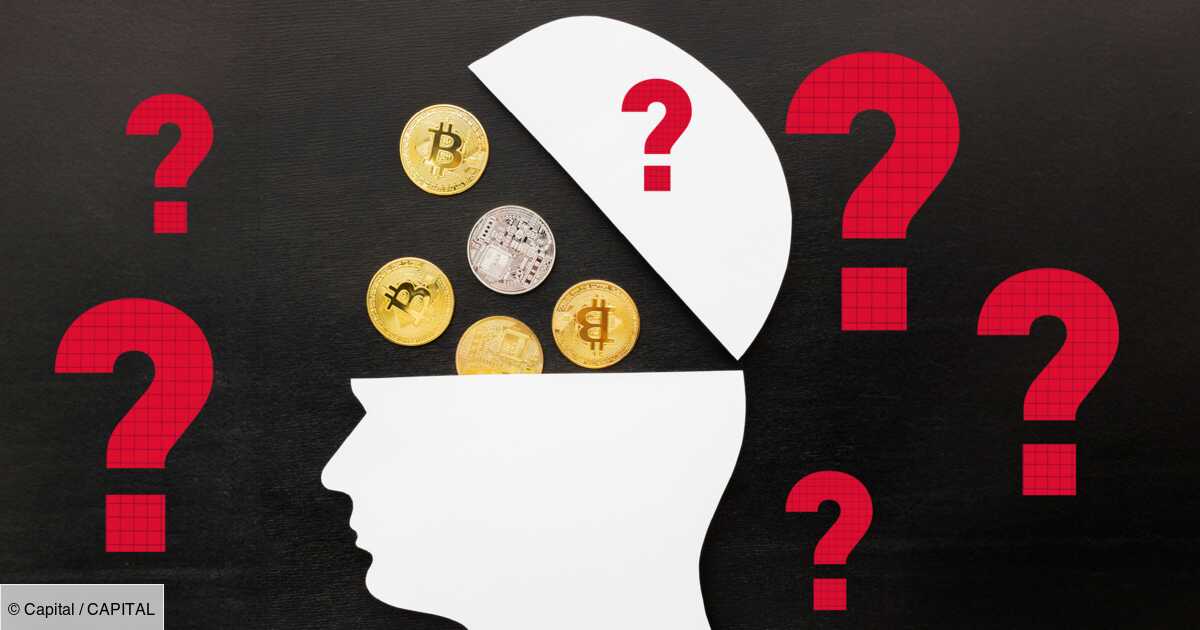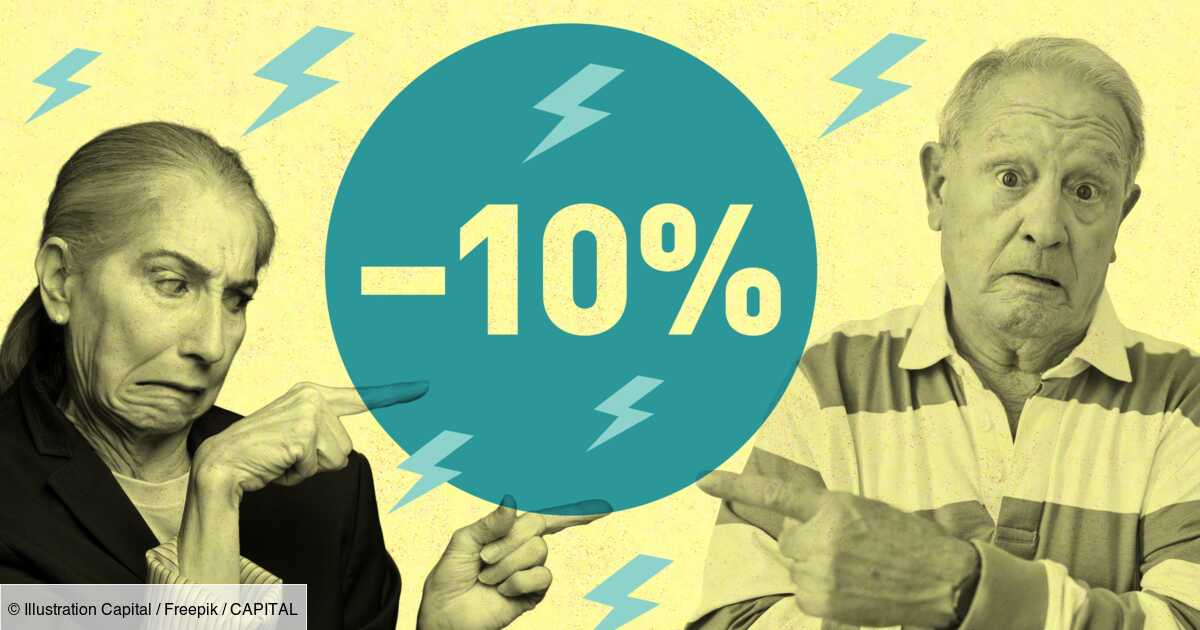Summary
See more
See less
What is the price shield in 2025?
Aid against the rise in gas and electricity prices
The tariff shield is a government measure implemented in 2021 to protect consumers from the increase in energy prices, including gas and electricity. It made it possible to limit tariff increases, in particular for homes subscribed to the regulated electricity rate, known as EDF’s “Blue Price”.
Price shield for electrical energy
The electricity tariff shield, established in 2021, was a measure intended to protect consumers against the outbreak of energy prices. It made it possible to limit the increase in the regulated rate, especially for homes subscribed to the blue price of EDF.
Since its implementation, this shield has first limited the increase in electricity prices to 4 % in February 2022, then to 15 % in February 2023. In 2024, this measure continued to play a crucial role by reducing The impact of pricing increases for households. However, the price shield on electricity ended in February 2025.
Price shield for the price of gas
For its part, the gas price shield aimed to limit the rise in gas prices for consumers heating this fuel. This measure capped the increase to 15 % including tax for gas, instead of the explosion of prices that households could have undergone.
The gas tariff shield made it possible to alleviate the effects of the energy crisis, providing considerable support for homes. However, it ended in 2023.
How to read a water meter?
When will the price shield end for individuals?
End of the application of the price shield for electricity in 2025
In 2025, the price shield on electricity will end on February 1. However, for consumers subscribed to the regulated rate, a drop of at least 10 % of their electricity bill is expected in February 2025, due to the drop in supply costs.
If necessary, this reduction could be partially offset by the increase in taxation on electricity.
A drop in the price, but an increase in electricity taxes
This abolition will result in a significant increase in taxation on electricity, including an increase in the excise, formerly called TICFE, which will go from to:
- 33.70 euros/MWh for “households and similar”;
- 26.23 euros/MWh for SMEs;
- 22.50 euros/MWh for “high power”.
This tax increase could affect consumer bills, although electricity prices have decreased since 2023.
How to change the electricity supplier?
Who could benefit from the price shield?
The eligibility criteria were specified on the site of the Ministry of the Economy, Finance and Industrial and Digital Sovereignty.
Conditions of the electricity price shield
The electricity price shield benefited subscribers at the regulated electricity sale rate, whatever the nature of the contract subscribed (offer at regulated sales prices, indexed offer on TRV, or fixed price offer).
For companies not eligible for the price shield (and local communities), the government had established the electricity shock absorber in 2023, then renewed in 2024. Subject to fulfilling the conditions, this system allowed companies to benefit from financial assistance of the state as soon as the price of energy subscribed exceeded a certain ceiling.
It should not be renewed in 2025.
Gas tariff shields
The gas tariff shield was granted to people who have subscribed to the regulated gas tariff from Engie or local distribution companies or those who have signed an indexed market offer on the regulated gas tariff.
Before January 1, 2023, the tariff shield was reserved for individuals consuming less than 30 MWh/year and for condominiums consuming less than 150 MKH/year with an individual basis of a natural gas supply contract within the framework of the regulated rate . It was then extended to all residential consumers.
Other beneficiaries of the electricity and gas price shield
In addition to individuals, several other categories of beneficiaries were eligible for this aid, in particular:
- gendarmerie barracks;
- small local authorities;
- establishments housing dependent elderly people (EHPAD) or disabled insofar as they constitute the usual residence of these people;
- Buildings with collective heating;
- rental intermediation housing;
- accommodation for asylum seekers for the reception of disadvantaged persons (referred to in article L.261-5 of the Code of Social Action and Families);
- Social assistance structures for children and establishments of the judicial protection of youth.
It also concerned the micro-enterprises and TPEs with less than ten employees, achieving less than two million euros in turnover and having an electric meter with a power of less than 36 kVA.
PDL and PCE number: where to find them?
How can we benefit from the electricity and gas price shield?
Procedures for individuals
As an individual benefiting from an individual offer of sale of electricity or gas indexed on regulated prices, the aid linked to the price shield was visible on electricity bills without any particular approach to be performed.
For companies and condominiums: a certificate on compulsory honor
Regarding VSEs and condominiums, they had to get closer to their energy supplier and send him a certificate on the honor of eligibility provided for in decree n ° 2023-1370 of December 29, 2023 modified relating to aid In favor of residential collective housing in the face of the increase in the price of natural gas.
The transmission of this document could also be carried out in a dematerialized manner on the site of its energy supplier. Aid requests were then established by energy suppliers (energy supplier, operator of a collective installation, heat network manager) and transmitted to the state.
Procedure for self-employed entrepreneurs and small local authorities
Self-entrepreneurs and small local authorities were also to communicate to their electricity supplier a certificate on honor stating that they were eligible for the price shield. The certificate model was the same as for VSEs and condominiums. Again, the requests for aid were then established by the energy suppliers.
Carrefour energy premium: Conditions and amount
How was the gas price shield calculated?
Calculation of the price shield for gas
The price shield was based on the blocking of regulated natural gas sales prices. The difference between these prices and the unpaid regulated rate (average of supplier costs) was capped at 15 %, the surplus was covered by the state under the price shield.
Example for a cleaning
Take an example where the consumption of a household was 12,000 kWh per year, and the price per kWh of 0.10 euros without the price shield.
- This gave an invoice of 1,200 euros without a price shield.
- If the price was to increase by 30 %, the bill would have been 1,560 euros without the shield.
- But thanks to the price shield, the increase was limited to 15 %, a new bill of 1,380 euros.
Water leak: Who of the tenant or owner must pay?
Why is electricity and gas increasing?
The electricity and gas bill does not only depend on the price of energy itself, but also on various other components, including taxes, transport costs, and charges linked to networks.
Supply
The main component of the price of energy is the cost of supply, which includes buying electricity or gas on the wholesale market. These prices are influenced by:
- Production costs, which include the costs of energy sources used to produce electricity (nuclear, wind, gas, etc.). Gas costs, for example, have experienced significant increases due to the energy crisis;
- Fluctuations in wholesale markets, which are also influenced by external factors, such as global demand, climatic conditions and international energy policies.
Taxes and excise
Taxation plays an important role in increasing energy bills. Two main taxes contribute to the price paid by consumers:
- VAT (value added tax) on electricity is 5.5 % for residential consumers. However, any increase in the tariff base impacts this tax.
- The excise is applied to electricity and gas depending on the volume consumed.
- The tax on gas consumption (TICGN) is also a component of the gas bill.
Routing
Part of the invoice consists of energy delivery costs from producers to consumers. These costs include transportation via distribution networks, which must be maintained and modernized. These costs are regulated and depend on the infrastructure necessary to ensure reliable food.
Loads related to energy transition
In parallel, public energy service charges (CSPE) are also included in the invoice. These charges are used to finance public policies, such as support for renewable energies, aid to vulnerable consumers and compensation for costs linked to the gradual closure of certain nuclear or thermal power plants.
Sustainable development: definition, objectives and issues
Energy shield and price shield: what difference?
The energy shield and the price shield are two separate devices, although they pursue a similar objective of consumer protection in the face of energy prices.
Pricing shield
The tariff shield concerns the specific measures taken to limit the increases in electricity and gas prices and avoid the drop in purchasing power. It has been set up to supervise the increase in regulated electricity and gas prices for consumers.
Energy shield
The energy shield is a more global and extensive device. It includes not only the protections on energy prices (which will end in 2025), but also support measures for households in energy precariousness, such as direct aid or subsidies.
The energy shield can also concern aid for improving the energy efficiency of housing or support for energy renovation, aimed at reducing energy consumption and long -term bills. This system was created to respond to the energy crisis and help households to meet the increase in energy costs.
>> Our service – save by testing our consumer credit comparator
Receive our latest news
Each week, the flagship items to accompany your personal finances.











